



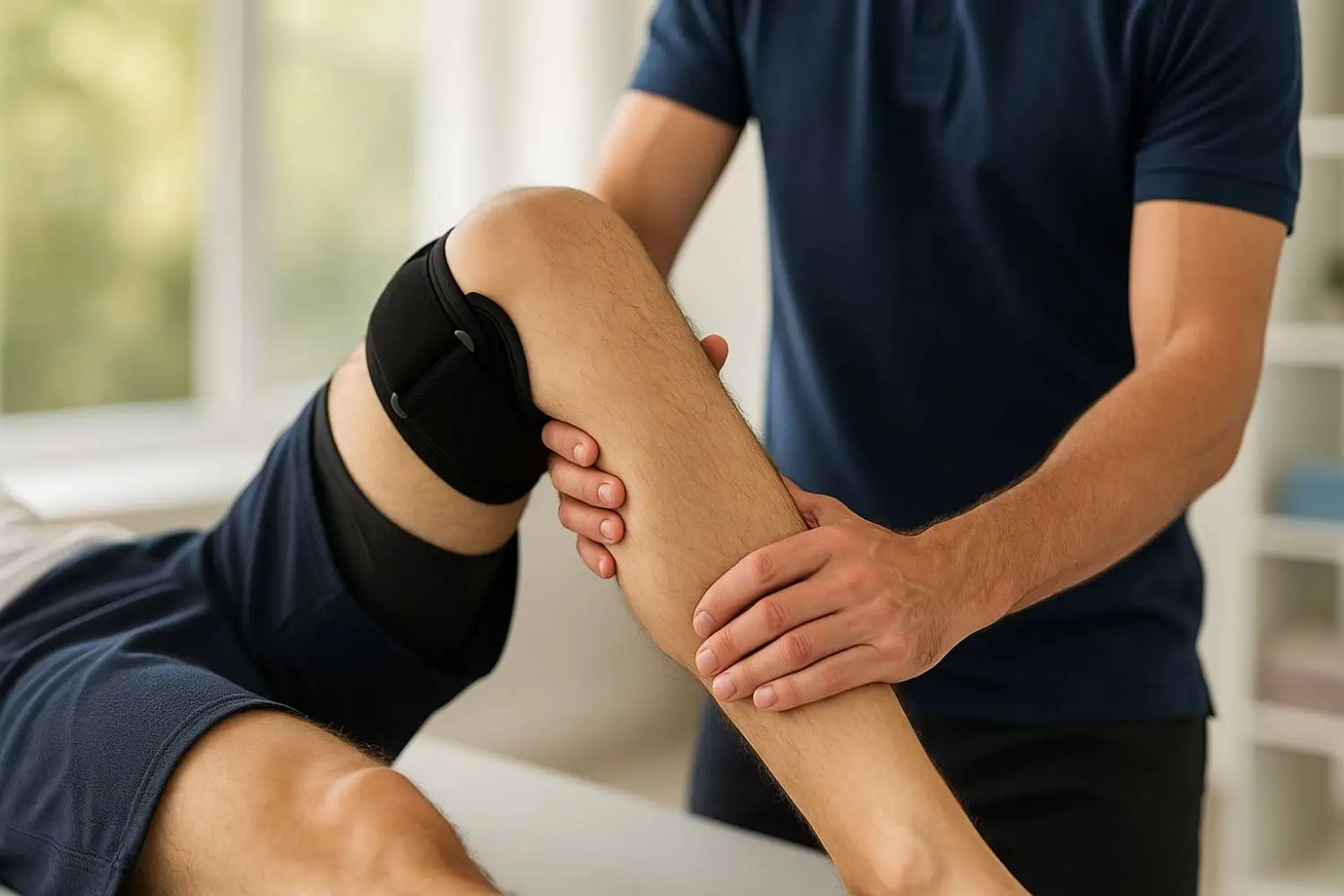
Author: Dr. Garima Bishwas
Yoga 0
An ACL tear refers to damage to the anterior cruciate ligament in the knee. Physiotherapy plays a crucial role in reducing pain, restoring movement, and regaining strength, whether you're recovering from a fresh injury or post-surgery.
What Is an ACL Tear?
The ACL, or anterior cruciate ligament, is one of the major stabilizing ligaments in your knee. It connects the thigh bone (femur) to the shin bone (tibia) and prevents the knee from sliding forward excessively or rotating abnormally.
An ACL tear usually occurs during high-impact sports or sudden changes in direction.
Common causes include:
-
Quick pivots or awkward landings during sports
-
Sudden stops or changes in direction
-
Direct blows to the knee
-
Slips or falls where the knee twists inward
Symptoms:
-
A popping sound at the time of injury
-
Rapid swelling
-
Sharp pain and instability when walking or bearing weight
-
Difficulty bending or straightening the knee fully
Role of Physiotherapy in ACL Recovery
Physiotherapy isn't just a supportive treatment—it's essential. Whether you’re managing the injury non-surgically or recovering from ACL reconstruction, a structured rehab plan gives your knee the best chance to return to full strength.
Here’s what physiotherapy does:
-
Controls swelling and pain without over-relying on medication
-
Rebuilds strength in key muscles: quadriceps, hamstrings, glutes
-
Improves joint movement and prevents long-term stiffness
-
Trains proprioception (your knee’s sense of position) to avoid re-injury
-
Helps prepare the knee for surgery and speeds recovery after
ACL Tear Physiotherapy Stages (Step-by-Step Plan)
Phase 1: Acute Phase (0–2 Weeks)
The goal here is protection and pain control. Movement is limited.
What to focus on:
-
Rest, ice, compression, elevation (RICE method)
-
Knee brace if advised
-
Reduce swelling
Exercises:
-
Quad sets (tightening thigh muscles)
-
Heel slides (gentle knee bends while lying down)
-
Ankle pumps to prevent stiffness and improve circulation
Phase 2: Strength Phase (3–6 Weeks)
Once pain subsides and swelling is managed, we shift to rebuilding muscle control.
Targets:
-
Quadriceps
-
Hamstrings
-
Glutes
Exercises:
-
Straight leg raises
-
Wall sits or mini squats
-
Resistance band leg presses or hamstring curls
Phase 3: Balance & Mobility Phase (7–12 Weeks)
This stage focuses on balance, stability, and controlled movement.
Key activities:
-
Single-leg balance (eyes open, then closed)
-
Step-ups with proper alignment
-
Wobble board or BOSU ball work
-
Gentle stationary cycling to improve range of motion
Phase 4: Return-to-Activity (3–6 Months)
In the final stage, the emphasis is on rebuilding confidence in the knee during dynamic movement.
Exercises:
-
Light jogging
-
Lateral drills (side shuffles, cone cuts)
-
Sport-specific movement patterns
-
Plyometrics (jump training) as cleared by your therapist
Key ACL Tear Physiotherapy Exercises
Here are essential movements prescribed throughout ACL rehab:
-
Quadriceps strengthening (quad sets, leg presses)
-
Hamstring curls (prone or using a resistance band)
-
Step-ups to restore single-leg strength and coordination
-
Wall sits for quad endurance
-
Glute bridges to support pelvic stability
-
Stationary cycling to improve mobility and endurance
-
Balance board practice to regain joint awareness and prevent falls
All exercises should be pain-free and guided by a physiotherapist.
Recovery Timeline After ACL Tear
|
Stage |
Duration |
Goals |
|
Initial Recovery |
0–2 weeks |
Pain and swelling control |
|
Strength Phase |
3–6 weeks |
Muscle rebuilding |
|
Advanced Rehab |
7–12 weeks |
Balance, mobility, flexibility |
|
Return to Sports |
3–6 months |
Full function and agility |
Note: These are typical ranges. Recovery is individual—some may progress faster or slower.
Home ACL Physiotherapy Tips
You can enhance your recovery by staying consistent even outside the clinic. Here’s how:
-
Stick to your home program: Do your stretches and strength exercises daily.
-
Use ice post-exercise: it reduces inflammation and eases discomfort.
-
Hydrate and eat well: Nutrition fuels tissue repair. Prioritize lean proteins, Omega-3s, and Vitamin C.
-
Listen to your knee: Stop any movement that causes sharp pain or swelling.
Do’s and Don’ts During ACL Recovery
Do:
-
Use crutches or a brace if prescribed
-
Gradually increase difficulty of exercises
-
Track your progress with your physiotherapist
Don’t:
-
Attempt cutting, pivoting, or jumping without clearance
-
Skip rest days—healing needs downtime too
-
Ignore swelling or pain signals
Avoid comparing your progress to others—every recovery is different.
When to See a Physiotherapist or Doctor for ACL
You should consult a professional if you experience:
-
Persistent or increasing pain/swelling after 2–3 weeks
-
The knee feels like it’s giving way
-
Limited range of motion despite consistent rehab
-
Post-surgery stiffness or scar tissue issues
Timely intervention prevents long-term problems like chronic instability or muscle weakness.
Conclusion
An ACL injury can feel like a major setback, but with the right physiotherapy plan, full recovery is absolutely achievable. The key is staying consistent with your exercises, not rushing back too soon, and working with a trusted physiotherapist who understands your goals.
Whether you're aiming to return to sport, yoga, or simply walk pain-free, physiotherapy provides the safest and most effective path to getting there.
Frequently Asked Questions
Add comment

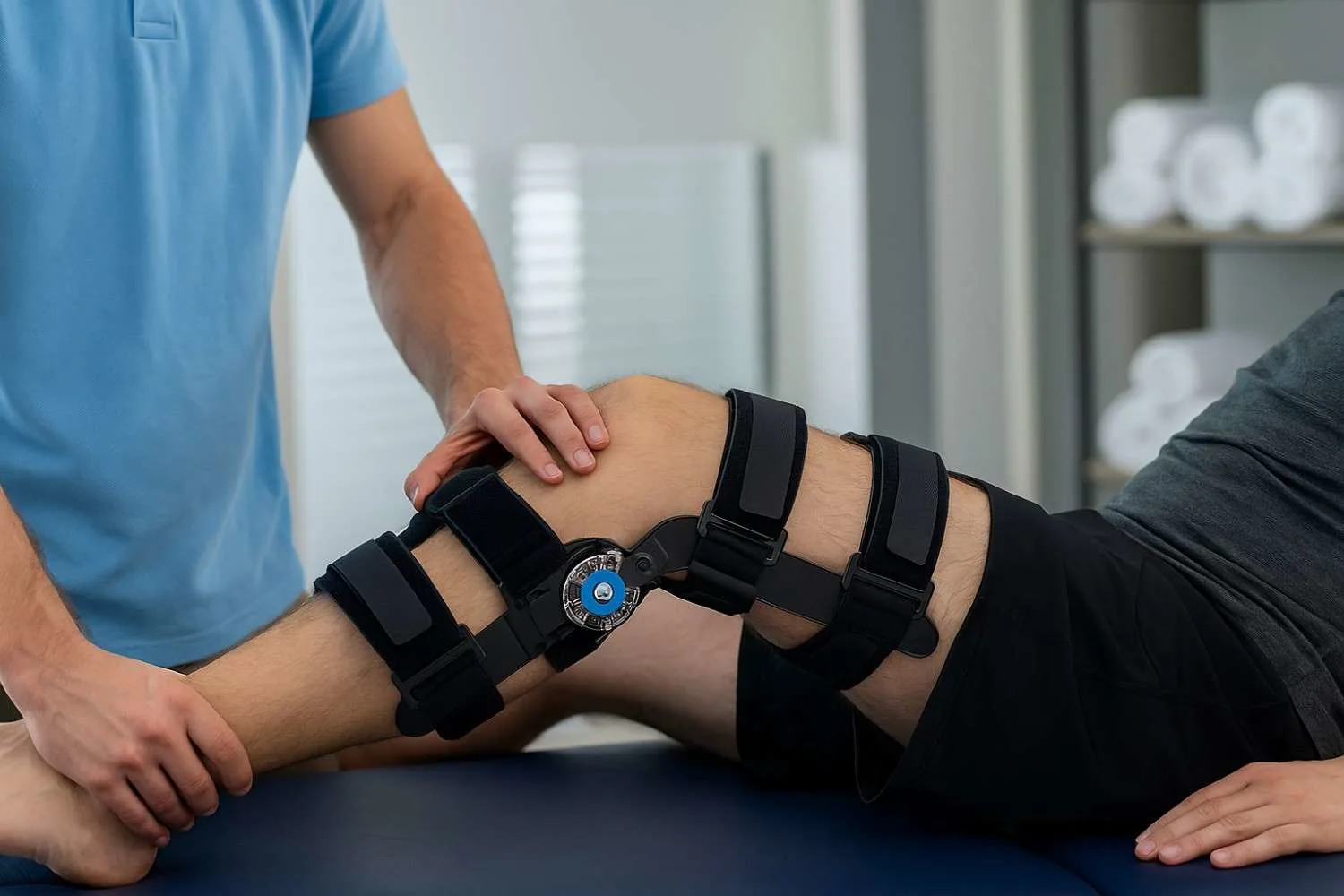
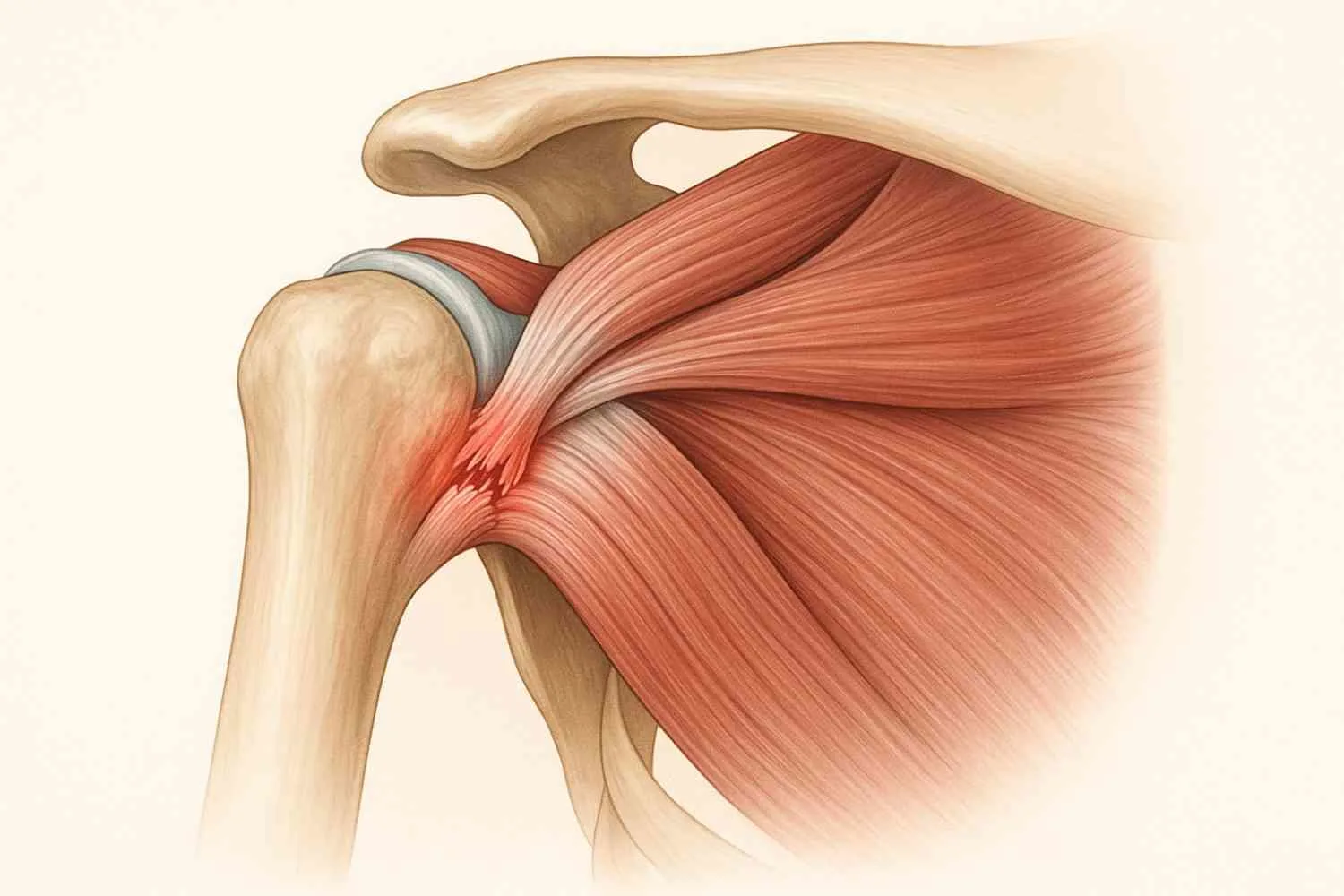
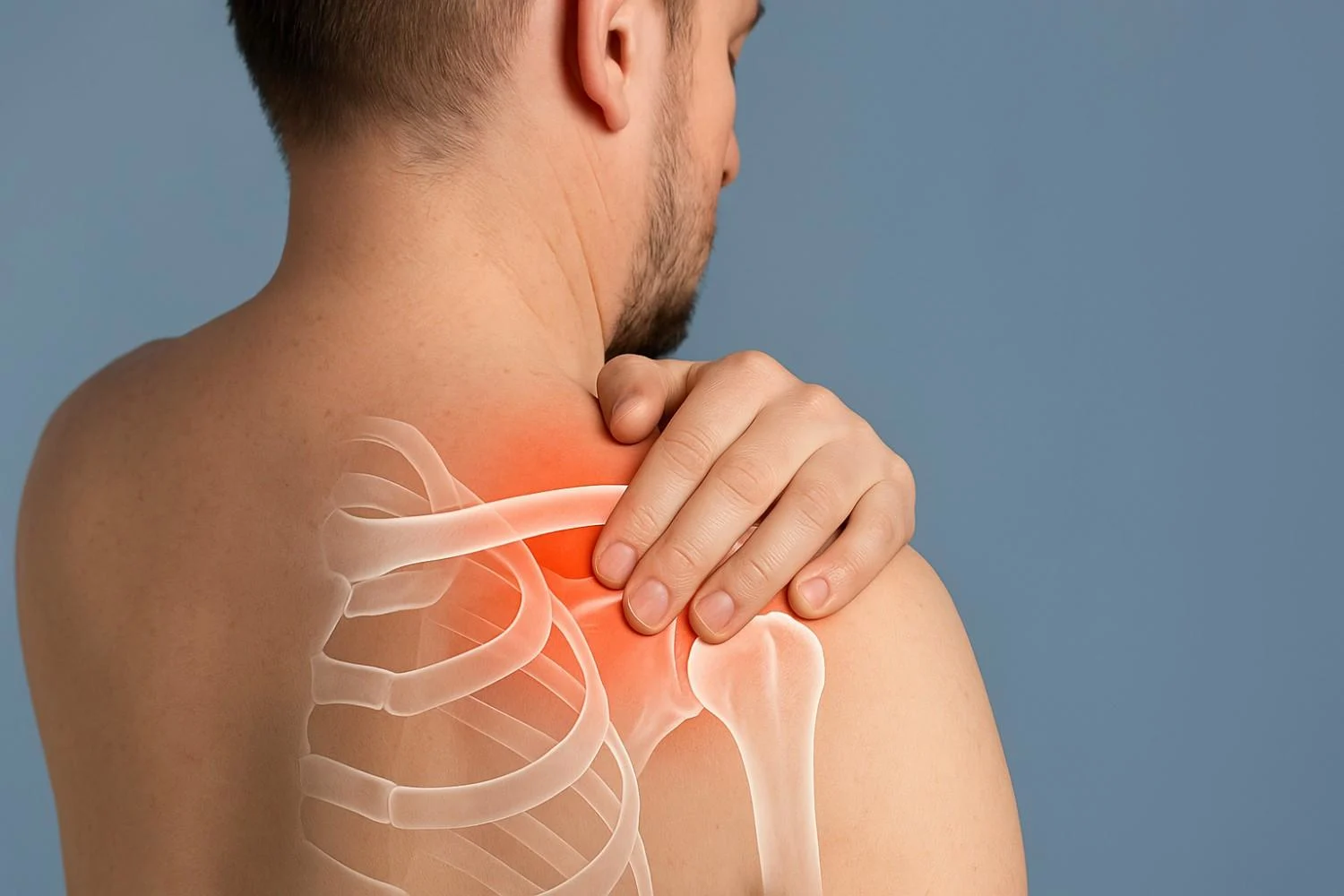


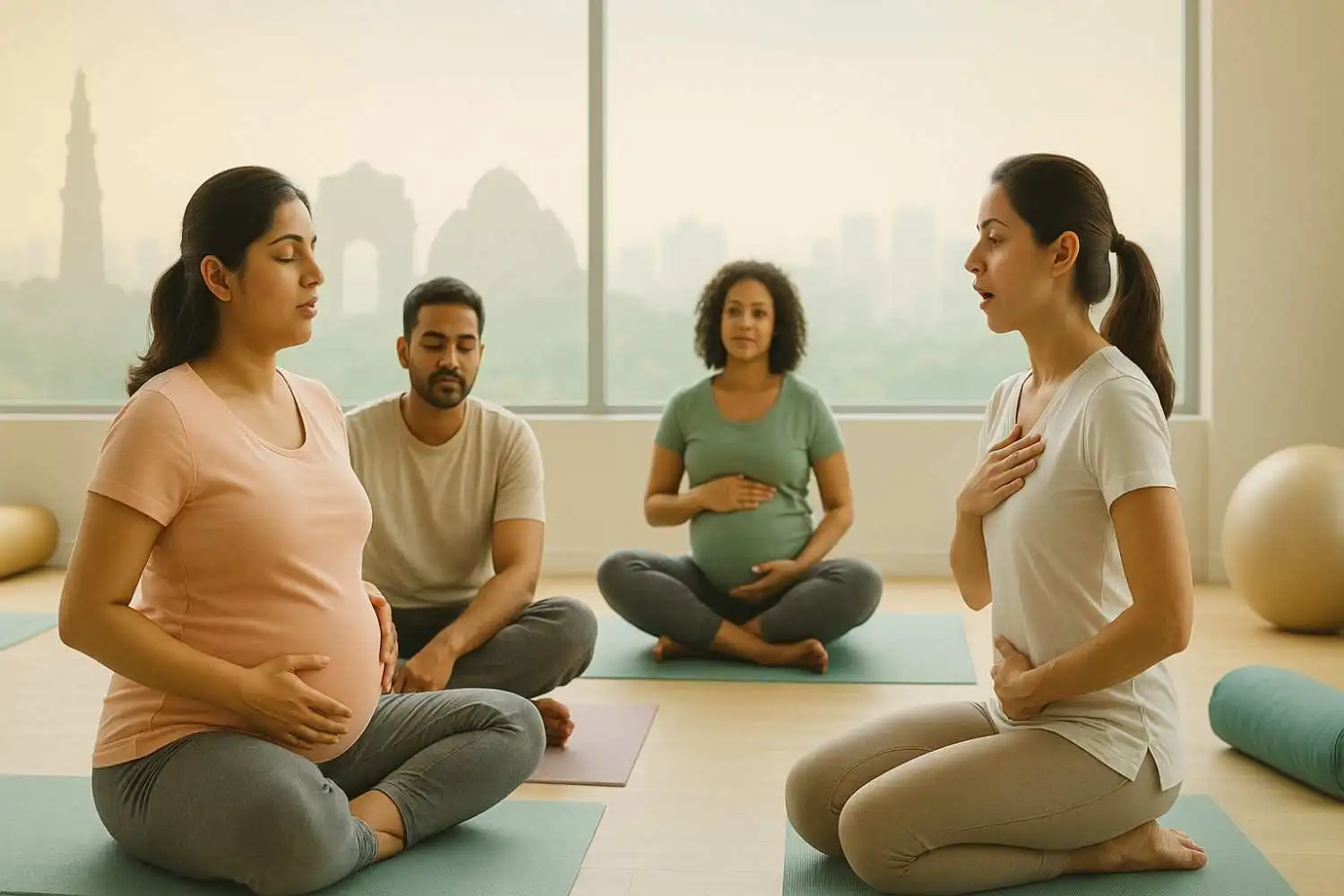
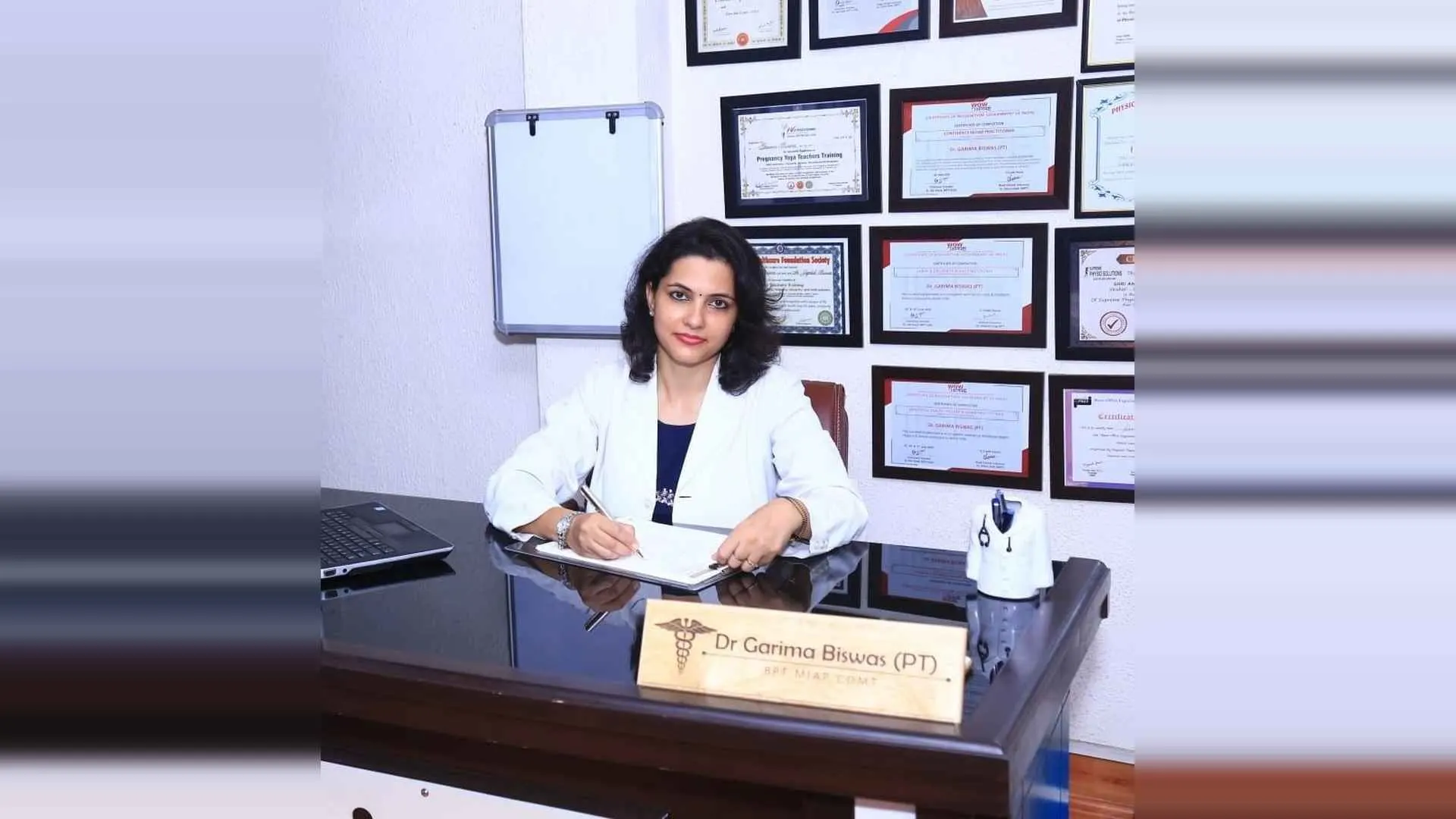
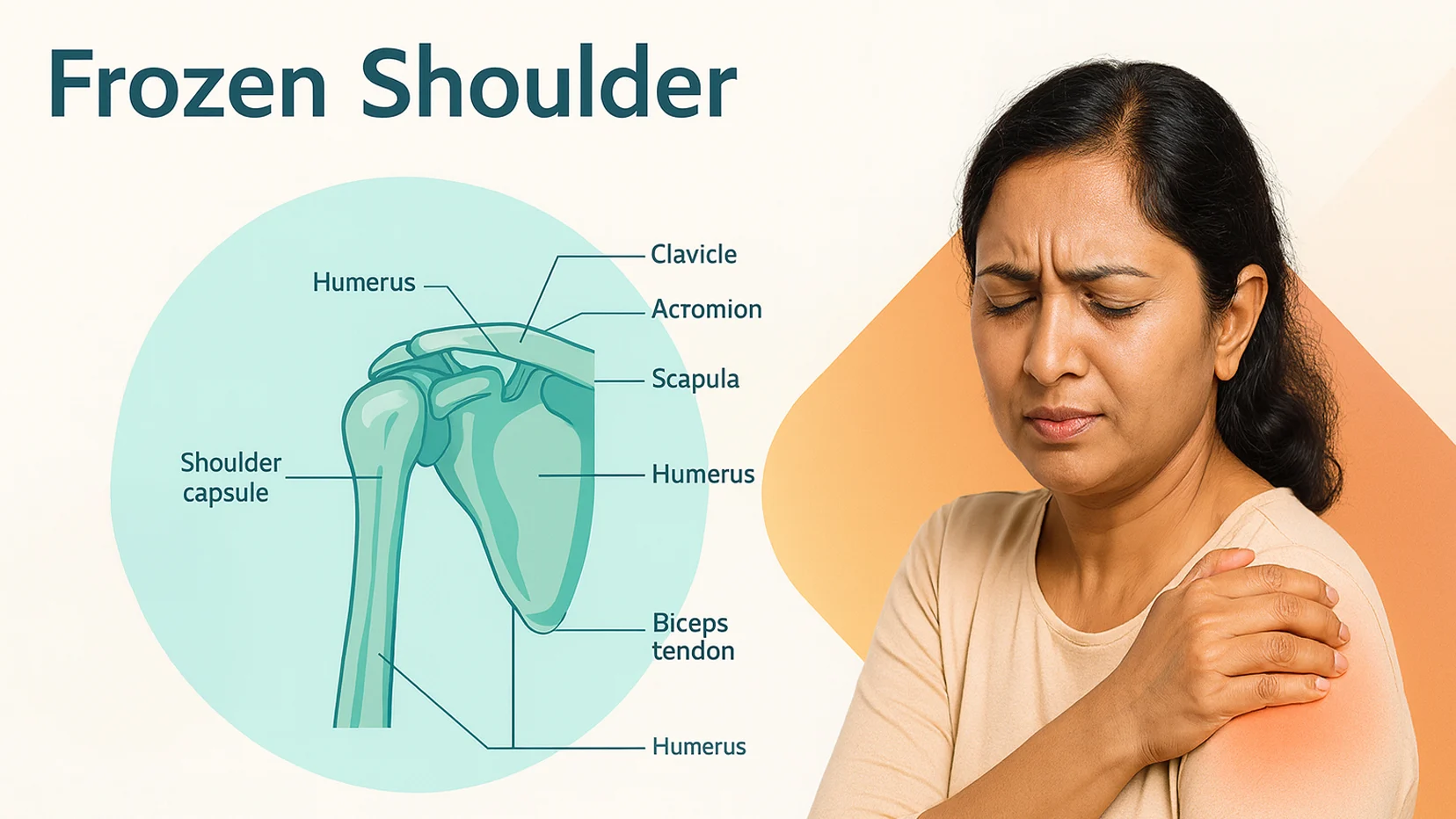




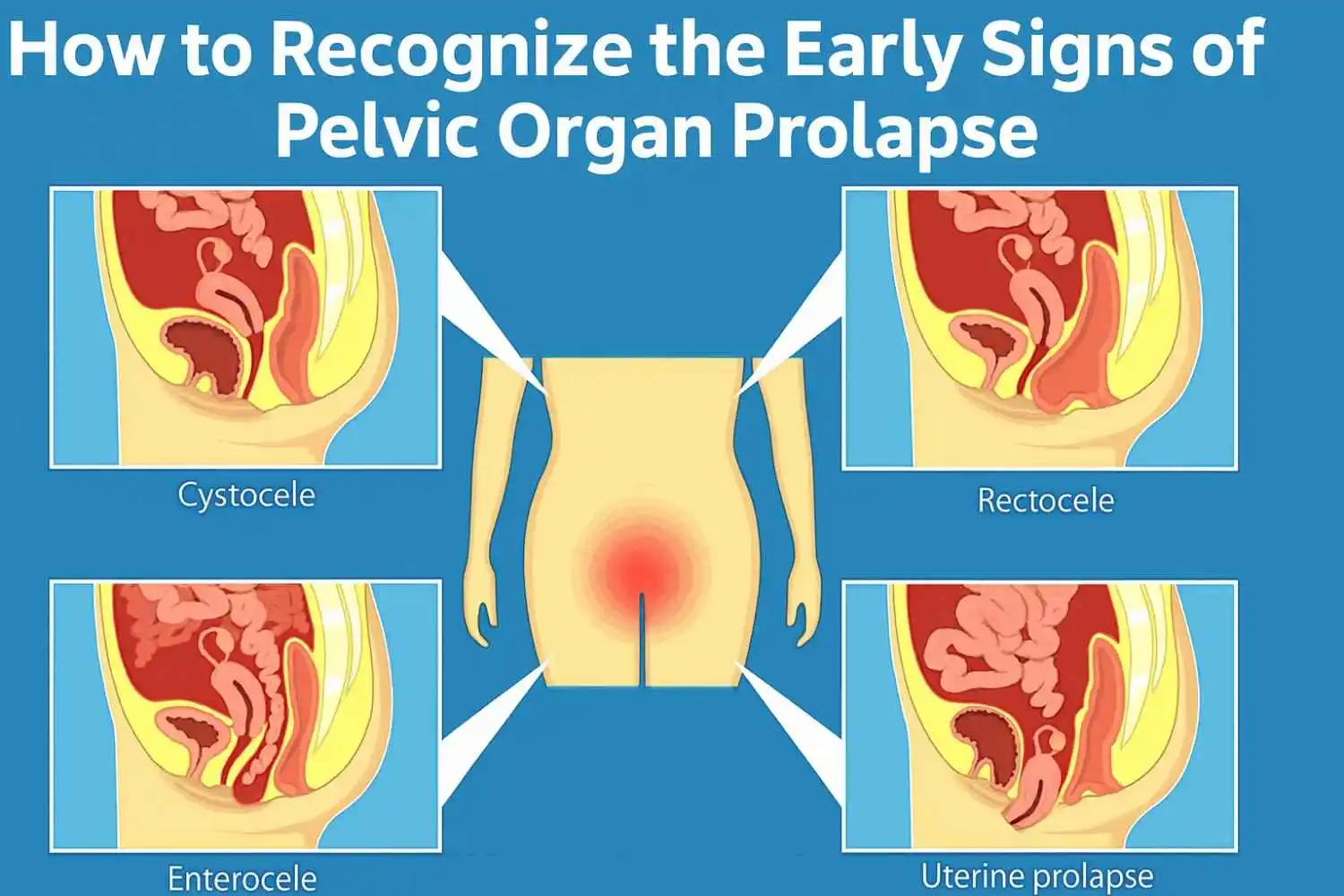
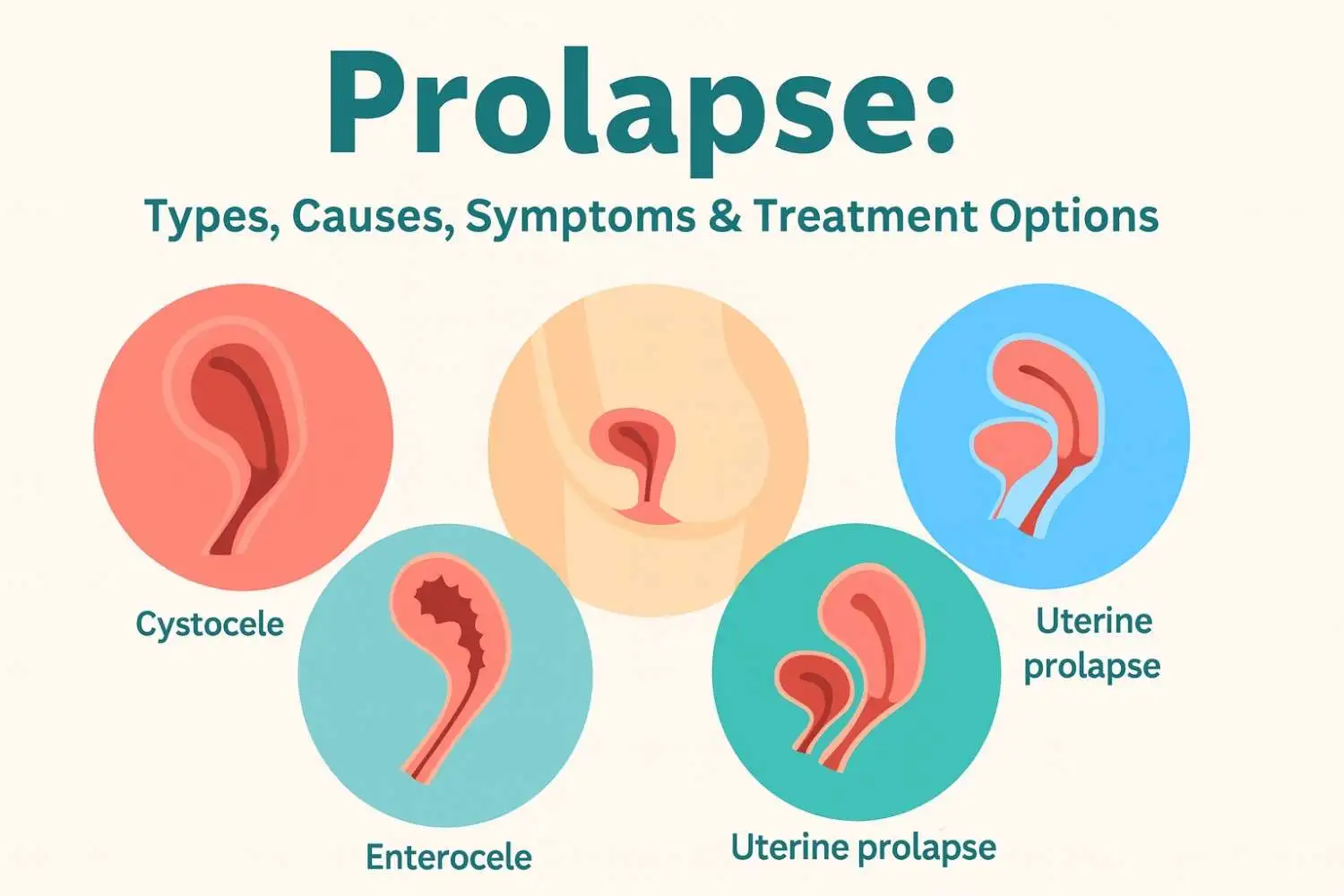









.webp)





.jpg)






































